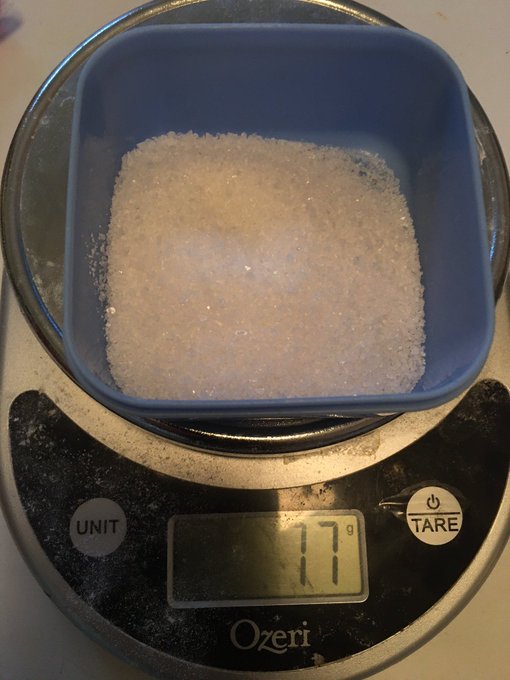
“ #Switzerland has the best public transit in the world.” 🇨🇭
That’s what many transport experts told me when I was researching my book #Straphanger.
After 6 weeks of getting to know the country’s network, I’m beginning to think they have a point. Here’s why… 🧵🪡
That’s what many transport experts told me when I was researching my book #Straphanger.
After 6 weeks of getting to know the country’s network, I’m beginning to think they have a point. Here’s why… 🧵🪡
I'd been to Switzerland a few times before, and was duly impressed with its rail network, and the transit in its larger cities... 

...esp. #Zurich, with its trams. "There's little reason to travel in an automotive cocoon when, for a fare of only a few francs, an efficient, stately tramway will provide transportation from point A to B at a level of comfort an emperor might have envied."
—Alain de Botton
—Alain de Botton

Exactly one of the reasons I decided not to include #Switzerland in #Straphanger:
🇨🇭It's a rich nation.
🇨🇭With its mountains, and lack of coastlines, it's a geographical oddity. Central, but also isolated.
🇨🇭Small: 8m people, about the pop. of #Quebec.
🇨🇭 Few immigrants.
🇨🇭It's a rich nation.
🇨🇭With its mountains, and lack of coastlines, it's a geographical oddity. Central, but also isolated.
🇨🇭Small: 8m people, about the pop. of #Quebec.
🇨🇭 Few immigrants.
For those reasons, and others, I considered Switzerland an anomaly, hardly a model to be extrapolated to other nations. But I see its fantastic non-car transport options have a lot to teach the world.
I was staying near a village with a population of 780 in the canton of Vaud, in the foothills of the Jura Mountain. To get there from the #Geneva airport, I hopped on to a high-speed train, an escalator ride away from the baggage carousel... 

Departures every 10 minutes or so, along the lakeshore of Lac Léman, to #Lausanne, #Vevey, #Montreux. Downtown #Geneva is *six minutes* away from the airport by train. Many of the trains have kids' playrooms on the upper levels. And of course you can take on a bicycle... 

I changed trains in #Morges, leaving the SBB network (state rail) for a smaller, private network called MBC, which stands for Morges-Bière-Cossonay, after 3 towns it serves. This is the system I got to know best, and it astonished me... 

I changed trains in Apples, which has a population of 1,220. It's a branch point for trains to L'Isle (pop. 900) and Bière (1,400)... 

This train stops at villages along the way, spaced about 2 to 3 miles apart…but many stops are request only. If you don’t buzz, the driver skips the stop…
I arrived in the station of Montricher, which is straight out of the 1950s...and has a quite useful outhouse... 





The train went on to L'Isle. Here's the thing: there was a bus waiting for me and the handful of passengers on the train, which then took us uphill about a mile to the village of Montricher, making a half dozen stops + delivering me to my door... 

You could also get off at the Parc Jura Vaudois, the regional park in the Jura Mountains, where you can hike (or cycle) for hours. As the late Paul Mees pointed out in Transport for Suburbia, transit in #Switzerland serves places whose population density is essentially 0... 



The crazy thing, for a North American, is the reliability, frequency, and esp. *span* of service. I could get on the train from 6 in the morning to almost 2 am. Here's the schedule: 

This overachieving rural transit company, MBC, also ran buses to local schools, in the morning and afternoon... 

Often there weren't many people on the trains. Farebox obviously wasn't a big revenue generator. I asked how they kept going. Turns out they make a lot of money transporting goods and supplies, for example, feed to farms, loads of gravel... 

They also serve a village near one of Switzerland's larger military bases. I often rode the trains with soldiers in fatigues carrying machine guns. The trains also transport tanks to prevent wear-and-tear on local roads. 

They also generate revenue by running vintage trains where you get served wine, burgers and beer, alpine cheese...I took one, it was a fantastic three-course meal in vintage carriages, some from the 1890s... 





As I said, #Switzerland is a rich nation. People can afford cars. But car ownership is surprisingly low: 604 vehicle per 1,000 population, vs. 756 in Italy and 837 in the US. With transit options this good, you don't need to rely on cars. And gas is now $8.65/gallon here... 

There's more to this 🧵, but I've got to run...à demain.
One last point though—an active rural public transportation network also feeds and maintains a healthy, vibrant, and prosperous farming system—and makes it possible for people of all ages to live, work, and go to school in a rural setting.
• • •
Missing some Tweet in this thread? You can try to
force a refresh















